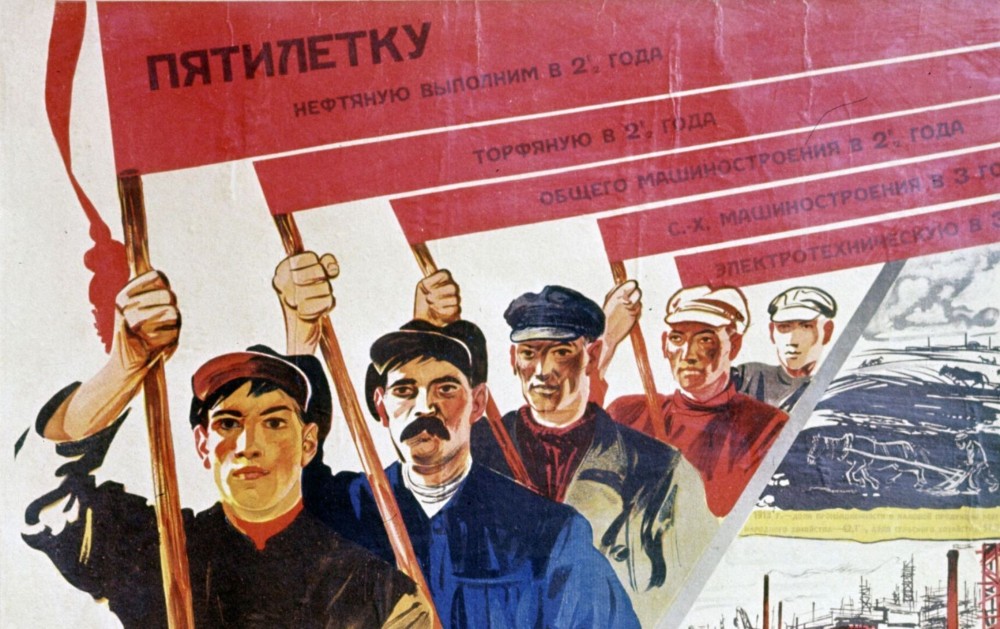
The article refers to the economic policy enforced by I .V. Stalin during the first five-year plan (lasting from 1 October 1928 until 31 December 1932); a policy whose goal was — according to the CPSU documents — “the modernisation of the Soviet Union by employing two fundamental mechanisms: collectivisation and industrialisation”. The Scientific Novelty. In the present article — based on the Romanian archival sources as well as specialised literature — it has been emphasised that, in order to put into practice the plan to centralise and control the entire national economy, the Soviet state forced villagers “by using the toughest means” to enter collective farms or mobilised them forcefully to ensure the industry development. The research methodology — the principles of scientificity, objectivity, historicism, the methods of an external and internal critique of sources. The Conclusions. The Romanian archive documents contemporary to the researched events mention the abuses committed by the Soviet authorities in enforcing the country’s collectivisation and industrialisation. Thus, the Soviet authorities accomplished their goals by enforcing great difficulties upon the population as well as a military-type mobilisation of the country in a supreme effort. Even the lexical choices of the collectivisation and industrialisation period — such as ‘the battlegrounds of iron and coal,’ ‘the shock brigades,’ ‘deportation of the kulaks,’ ‘permanent briefings’ and the others — made the impression of the society at war. The aim of this collectivisation and industrialisation programme was in reality the development of a war economy, the ‘destruction of the hostile classes and factions within the Soviet Union,’ and preparation for war ‘against the capitalist enemies abroad.’ Thus, the industry was to contribute to the technical modernisation of the army by building a strong maritime and airborne fleet. The endpoint of the development programme was the transformation of the Soviet Union from an agricultural into industrial country ‘with the aim of leading the rest of Europe to communism.
Source: Cîrstea, M. (2020). The First Soviet Five-year Plan – as Reflected in the Romanian Archival Sources. East European Historical Bulletin. 16: 208–217
Source web-site: http://eehb.dspu.edu.ua/article/view/210885
Number of views: 2380